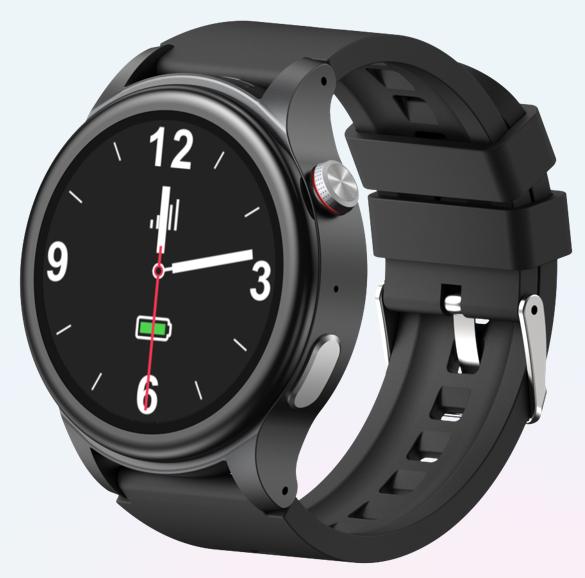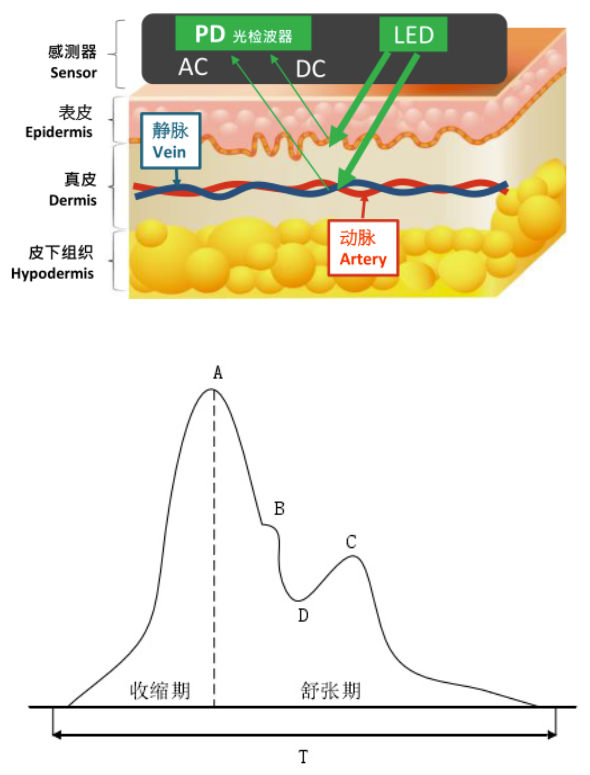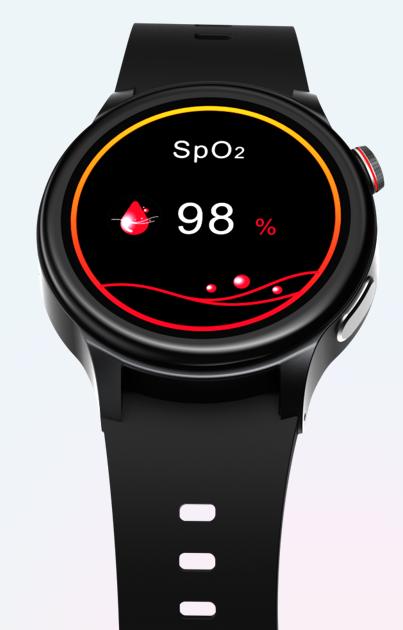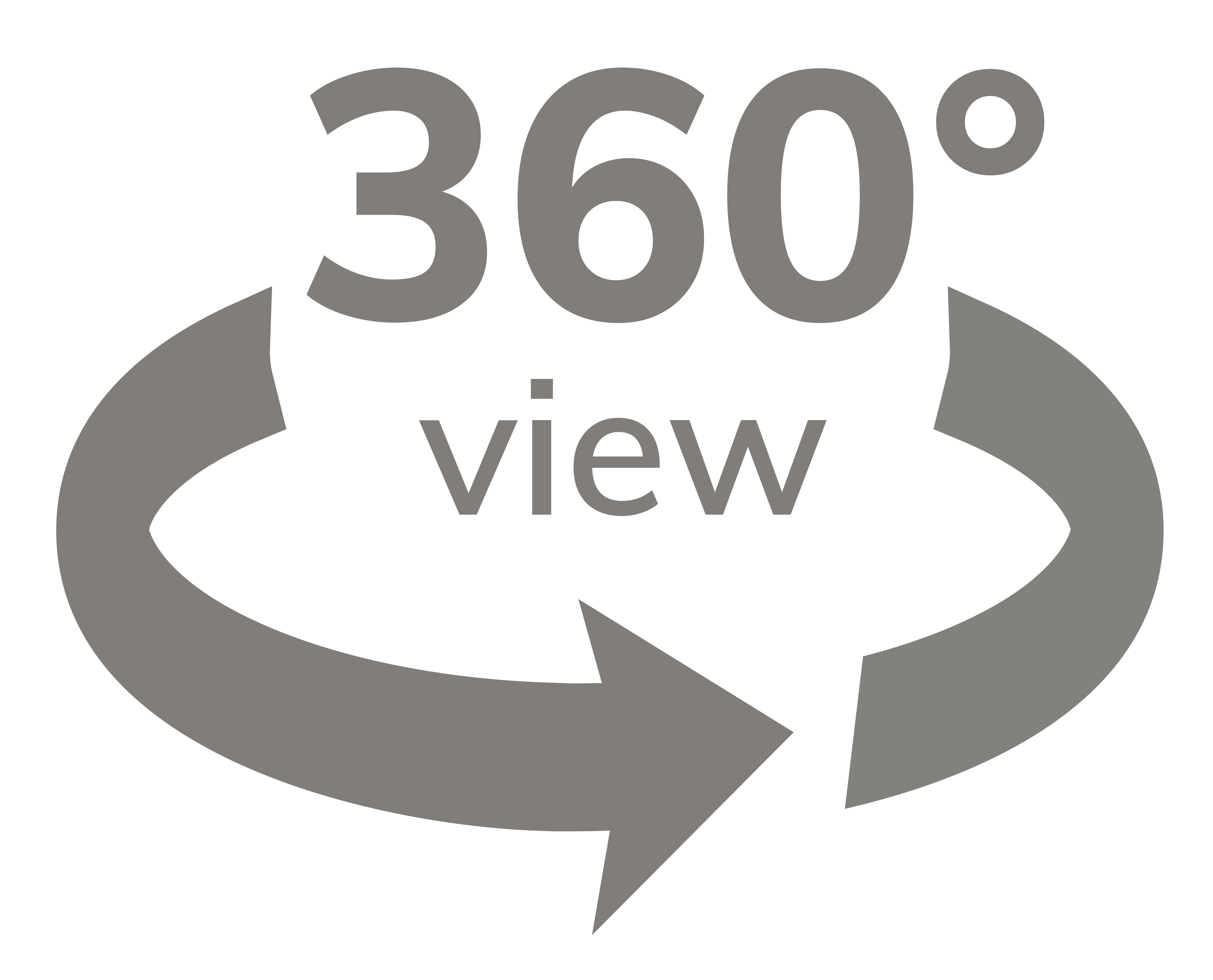What Is Heart Rate Monitoring? Principles and Significance for Smartwatches
2025-05-27

What is heart rate monitoring? It’s the continuous or periodic measurement of a person’s heartbeats per minute (BPM), commonly used to evaluate cardiovascular health. In modern smartwatches – especially those designed for elderly users – heart rate monitoring has become a standard feature, offering real-time data that helps users and healthcare providers assess and manage wellness more effectively.
This article explores what heart rate monitoring involves, the technologies behind it, and how it benefits smartwatch users.
What Is Heart Rate Monitoring Through PPG Technology?
- Most smartwatches use Photoplethysmography (PPG) to measure heart rate. This method monitors changes in blood volume using light-based sensors. Here’s a breakdown of how this technology works:
- Light Emission: A green LED inside the smartwatch shines light onto the skin. Green is ideal because hemoglobin absorbs it efficiently, making blood flow easier to track.
- Light Absorption & Reflection: Some of the emitted light is absorbed by the blood, while the rest is reflected back to the device. With every heartbeat, blood volume changes, which alters the intensity of the reflected light.
- Signal Reception: A photodiode captures the reflected light and converts it into electrical signals that represent heartbeats.
- Signal Processing: These signals are filtered and analyzed by internal algorithms to remove noise and identify the rhythm of heartbeats.
- Heart Rate Display: The processed data is displayed as a BPM value in real time on the smartwatch screen.

Why Green LEDs Are Essential in Heart Rate Monitoring
When asking “what is heart rate monitoring,” it’s important to understand why green LEDs are used:
- High Absorption: Green light is strongly absorbed by hemoglobin, making it ideal for blood flow detection.
- Good Penetration: It effectively reaches blood vessels under the skin due to its optimal wavelength.
- Low Signal Distortion: Green light scatters less in the skin, reducing interference from external light sources and enhancing accuracy.

Benefits of PPG in Smartwatch Heart Rate Monitoring
Understanding what heart rate monitoring is also involves recognizing the advantages of PPG technology:
- Non-Invasive: It doesn’t require any needles or probes.
- Real-Time Tracking: Offers continuous monitoring, which is especially valuable during exercise or sleep.
- Cost-Effective: Low production costs make it suitable for mass deployment in wearable devices.
- High Accuracy: Advanced signal processing allows for precise and reliable heart rate data.

Limitations of PPG-Based Heart Rate Monitoring
Despite its benefits, PPG technology has some drawbacks that affect how accurate heart rate monitoring can be:
- Movement Artifacts: Motion can interfere with signal stability.
- Ambient Light Interference: Bright or fluctuating lighting conditions can disrupt readings.
- Individual Variation: Skin tone, thickness, and blood vessel layout can impact signal quality.
How to Improve the Accuracy of Heart Rate Monitoring
To get the most from heart rate tracking, follow these best practices:
- Wear Properly: The watch should sit snugly on the wrist – not too tight or too loose.
- Minimize Movement: Keep still during measurements to reduce signal noise.
- Avoid Bright Light: Shield the device from direct sunlight or strong indoor lighting.
- Regular Calibration: Compare data with medical-grade devices for better reliability.
What Is Practical Heart Rate Monitoring? Making Data Useful
Heart rate monitoring becomes truly valuable when data is collected over time. A single reading tells little about long-term health. Large-scale, long-duration data can reveal patterns and trends – especially when compared to AI-driven disease models in the cloud.
However, collecting this much data drains battery power, presenting a challenge for wearables. Jiai Medical addresses this with its L10N health monitoring smartwatch, powered by an innovative 4G + BLE dual-CPU architecture. A low-power BLE chip continuously gathers data and stores it locally. Once enough is collected, it’s uploaded via 4G to a cloud platform.

This architecture enables continuous heart rate monitoring while maintaining long battery life – especially beneficial for elderly users who may find frequent charging inconvenient.
Closing Words
In summary, what is heart rate monitoring? It’s not just a reading – it’s a long-term health tool. With advances like PPG, real-time algorithms, and dual-chip designs, smartwatches are transforming from simple fitness trackers into essential companions in elderly healthcare.






